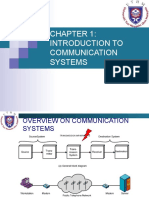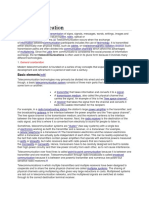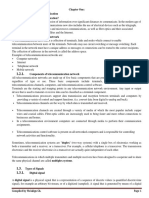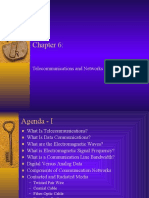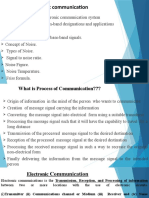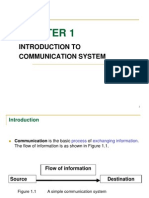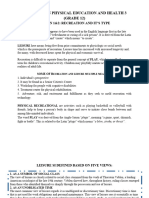0% found this document useful (0 votes)
25 views40 pagesAnalogComm Unit1
The document provides an overview of communication systems, detailing components such as transmitters, channels, receivers, and destinations, along with their functions. It discusses various types of communication channels, including telephone, co-axial, optical fiber, satellite, and mobile radio channels, highlighting their features and applications. Additionally, it covers concepts of modulation, signal classification, Fourier transforms, and the mathematical operations of convolution and correlation in signal processing.
Uploaded by
Deepa BhoiCopyright
© © All Rights Reserved
We take content rights seriously. If you suspect this is your content, claim it here.
Available Formats
Download as PDF, TXT or read online on Scribd
0% found this document useful (0 votes)
25 views40 pagesAnalogComm Unit1
The document provides an overview of communication systems, detailing components such as transmitters, channels, receivers, and destinations, along with their functions. It discusses various types of communication channels, including telephone, co-axial, optical fiber, satellite, and mobile radio channels, highlighting their features and applications. Additionally, it covers concepts of modulation, signal classification, Fourier transforms, and the mathematical operations of convolution and correlation in signal processing.
Uploaded by
Deepa BhoiCopyright
© © All Rights Reserved
We take content rights seriously. If you suspect this is your content, claim it here.
Available Formats
Download as PDF, TXT or read online on Scribd
/ 40












